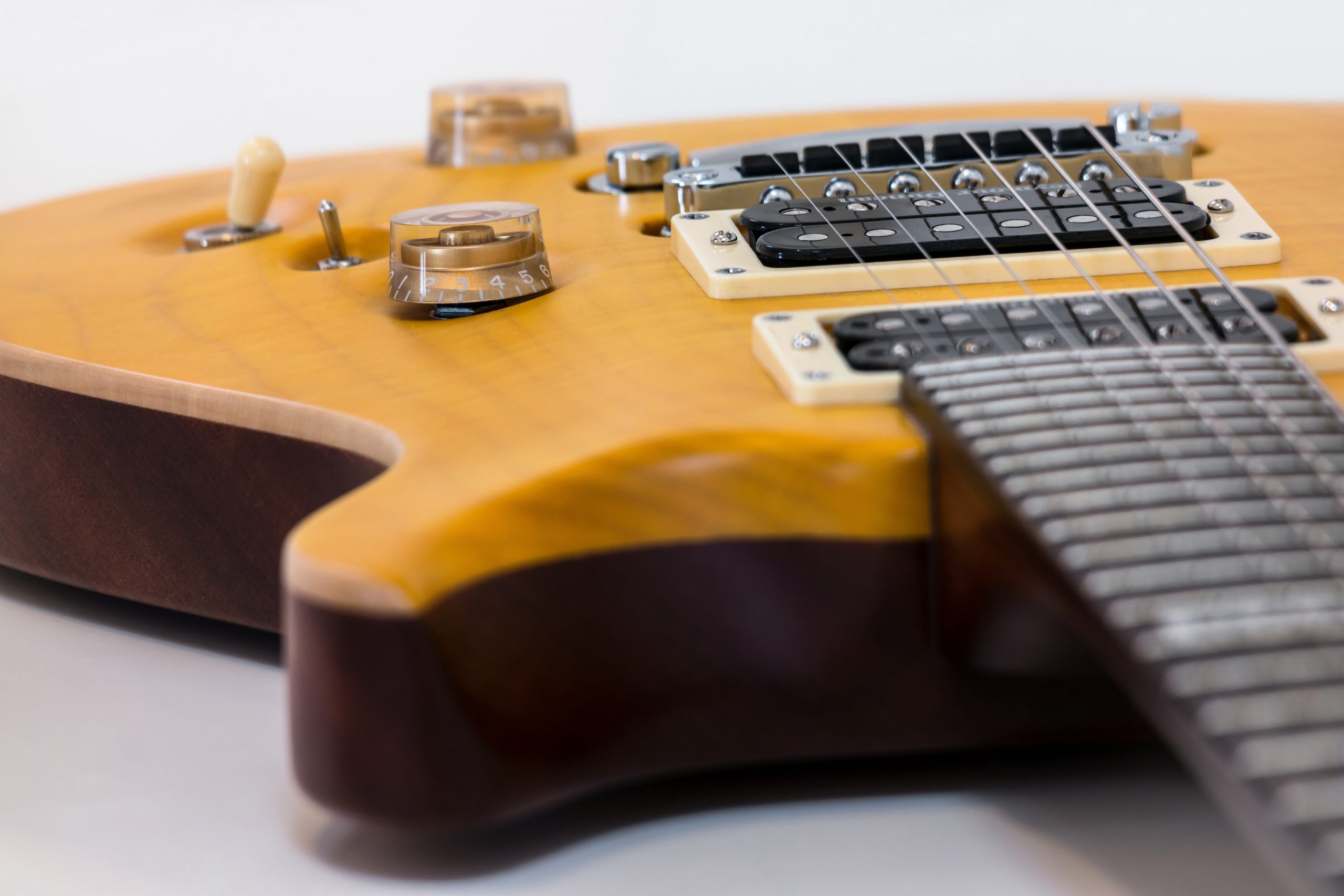I can’t remember where I saw this but it’s a great exercise for improving your phrasing, as well as getting out of scale ruts and so forth. It’s similar to the idea we looked at in the How to Create Melodic Guitar Solos post, and turns the idea of choosing what notes YOU want to play, or playing on purpose, into a phrasing exercise. If you’re stuck in a scales rut, or can’t seem to be getting anything out of those box patterns, then the most likely cause is that the scale pattern is dictating what you play, rather than the other way around; one way to solve this is the following exercise.
Phrasing
Phrasing is essentially being able to say something with a group of notes, which is like putting words together to make a phrase or sentence in a language in order to create meaning. You wouldn’t say a bunch of words in alphabetical order as it wouldn’t make much sense, and this is just the same as playing a scale up and down—there is little or no communication with the listener.
Any exercise where you’re choosing the notes you play adds the dynamic of making yourself play things that don’t necessarily fall nicely under your fingers, which is what we tend to do if we just rely on scale patterns.
Here’s one of the most familiar scale patterns on earth.

What you’re going to do next is write a series of numbers in those blank circles, then play them in number order to make a phrase. Here’s an example:

Play the notes in number order. It’s up to you bring the phrasing part, but you must stick to this order. You’ll notice that this string of notes doesn’t fall that easily under your fingers but should inspire your phrasing more as we’re avoiding the predictability of a linear scale run. You can use any number of notes and use notes twice or more, the important thing being to write it out before you play it. At the end of this post there are some blank fretboard diagrams you can print out and use.
Here’s another example with just a handful of notes to play with. Remember to stick to the number order and see what you can come up with.

Other Scales
This exercise is particularly effective when you want to improve your phrasing for scales you’re not that familiar with, not confident with, or that you can’t seem to get any joy from such as the modes, or more exotic scales such as the melodic and harmonic minor scales.
Here’s an example using the Lydian b7 scale in Bb:

Again, follow the number sequence and put your own spin on it. In this phrase the Bb and the E are used twice.
Improve Your Alternate Picking into the Bargain
Once you’ve come up with a few phrasing ideas of your own, use them to practice your alternate picking. The problem with the way most guitarists practice alternate picking is that they use either the chromatic scale, or some other pattern you’d probably never need a real playing situation. Alternate picking practice combined with a little creativity, on the other hand, will do wonders for your technique because you’re adapting it to real life playing where you need to deal with both odd and even numbers of notes.
Use the blank fretboard diagrams below as follows:
1. Choose a scale you want to practice.
2. Choose an area of the neck and draw out one or two octaves of the scale.
3. Plot your number sequence, then try coming up with phrases based on it.
When you find a phrase you like, use it to practice your alternate picking.



